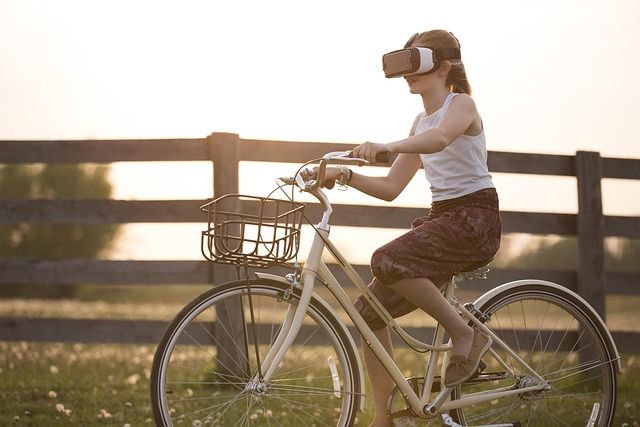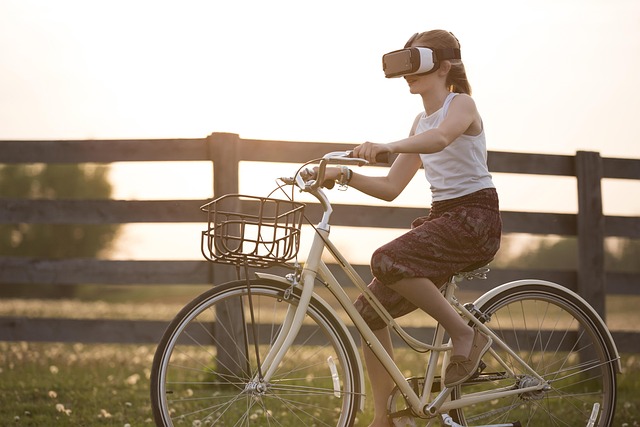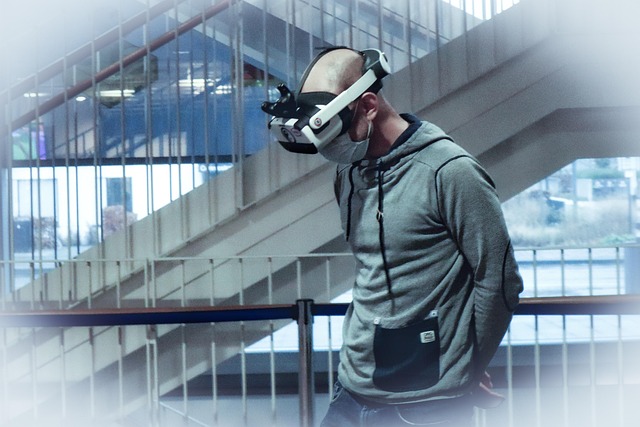Virtual events have become commonplace, offering convenience and accessibility. Yet, if you’ve attended a few, you might feel that something is often missing – that spontaneous chat by the coffee machine, the handshake after a great presentation, or simply the feeling of truly *being there* with others. The core challenge lies in replicating meaningful interaction in a digital space.
Beyond the Screen: Virtual Reality in Virtual Events
Virtual Reality (VR) takes us one step closer to feeling present. Imagine stepping into a digital auditorium, complete with avatars representing other attendees. You can move around, find colleagues, and strike up a conversation just as you would in person. VR platforms for events allow for truly immersive experiences – exploring virtual exhibition halls, participating in interactive workshops, or even attending a networking session where you can visually navigate the room and approach people. It shifts the experience from watching a stream to *inhabiting* a space together, significantly boosting the sense of connection and interaction.
Blending Worlds: Augmented Reality in Virtual Events
While VR puts you *in* a new world, Augmented Reality (AR) brings digital elements *into* your existing one. For virtual events, AR can be used in several engaging ways. Think of AR filters for attendee selfies and social sharing, or interactive AR overlays that appear when you scan a QR code on a physical event package sent to attendees. AR can also bring presentations to life, perhaps showing a 3D model projected into the viewer’s room during a product demo. This technology adds layers of interactive content that can surprise and delight attendees, making the virtual experience feel more dynamic and integrated with their reality.
The Persistent Digital Universe: The Metaverse and Virtual Events
The Metaverse, while still evolving, represents a vision where persistent, interconnected virtual worlds become a primary space for interaction. For virtual events, this could mean hosting conferences, concerts, or exhibitions in a persistent digital environment that attendees can visit before, during, and after the scheduled event time. It combines aspects of VR’s immersion and AR’s blending capabilities. The Metaverse aims to offer highly personalized and social experiences, where attendees can build relationships and engage with content and sponsors in ways currently limited by traditional virtual platforms. It promises a future where virtual events are not just scheduled occurrences but integral parts of a larger, ongoing digital community.




